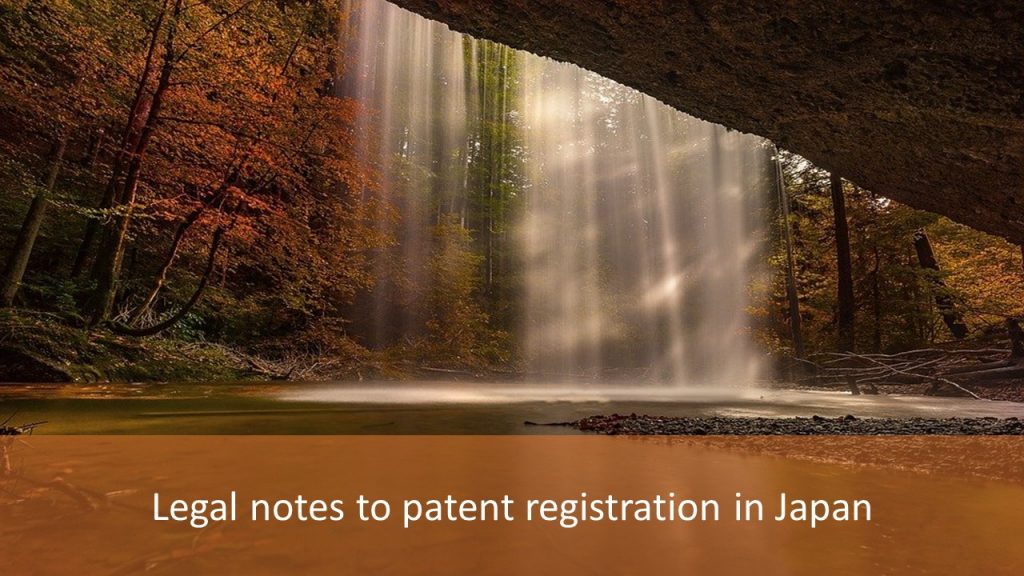Patent registration in Japan. Japan is an island country in East Asia, located in the northwest Pacific Ocean. Japan is the third-largest national economy in the world, after the United States and China, in terms of nominal GDP, and the fourth largest national economy in the world, after the United States, China, and India, in terms of purchasing power parity as of 2019. The Japanese variant of capitalism has many distinct features: keiretsu enterprises are influential, and lifetime employment and seniority-based career advancement are common in the Japanese work environment. Japan has a large cooperative sector, with three of the ten largest cooperatives in the world. Accordingly, many businesses want to enter this market and one of the most important preparations a business needs to take before expanding to Japan is to learn the procedure of patent registration in Japan.
Documents required for patent registration in Japan
Documents required for patent registration in Japan include:
- Information of the applicant (Name and address of applicant);
- Author information (name, address, nationality);
- Name of invention, a summary of the invention (according to instructions);
- Invention Description;
- Claim for protection;
- Drawing or photograph of the invention;
- Japanese translation of the invention description.
- Documents proving priority right (if any)
- Power of Attorney (According to form)
Patent registration procedure in Japan
Patent rights are not established if the applicant does not file a patent application. Accordingly, the applicant needs to fill out the application form and file it with the Japan Patent Office. Japan is a first-to-file country, namely that if two parties file a claim for the same invention, the one that files first will be granted a patent. Therefore, the applicant should file a patent claim as early as possible before publishing his invention.
After the submission of the applicant to the JPO, it will then go through the formal appraisal process. This stage is to check if the applicant has filled in correctly and completely the required information in the declaration form or not. If incomplete, the Applicant will be required to complete the application within a certain time limit.
After the application is filed, the Japan Patent Office publishes the submitted application in the Official Gazette for 18 months.
The substantive examination will be carried out by an examiner of the Japan Patent Office, who will decide whether the claims in the application are patentable. The examiner will first check if the submitted application meets the requirements of the law, in particular, find out the reasons for denying the patent application (if any).
After substantive examination, if the examiner finds no reason to refuse, a decision to protect the invention will be issued and sent to the Applicant.
Conversely, if the examiner finds that the applicant’s response to the refusal has not been satisfactory, a denial will be issued and sent to the applicant. This refusal decision is considered the final decision in the substantive examination phase.
Patent granted and objection of the patent registration in Japan
If the applicant has paid the license fee, the decision to grant the protection certificate will be made and the patent holder’s right to this invention is officially established. At the same time, the invention will be granted a patent number and the Patent will be sent to the applicant.
Furthermore, the protected invention content will be published in the Official Gazette.
Even if a patent has been registered, any third party has the right to file a petition for invalidation of the invention if there is an omission.
You can see a list of Japan IP firms here.

